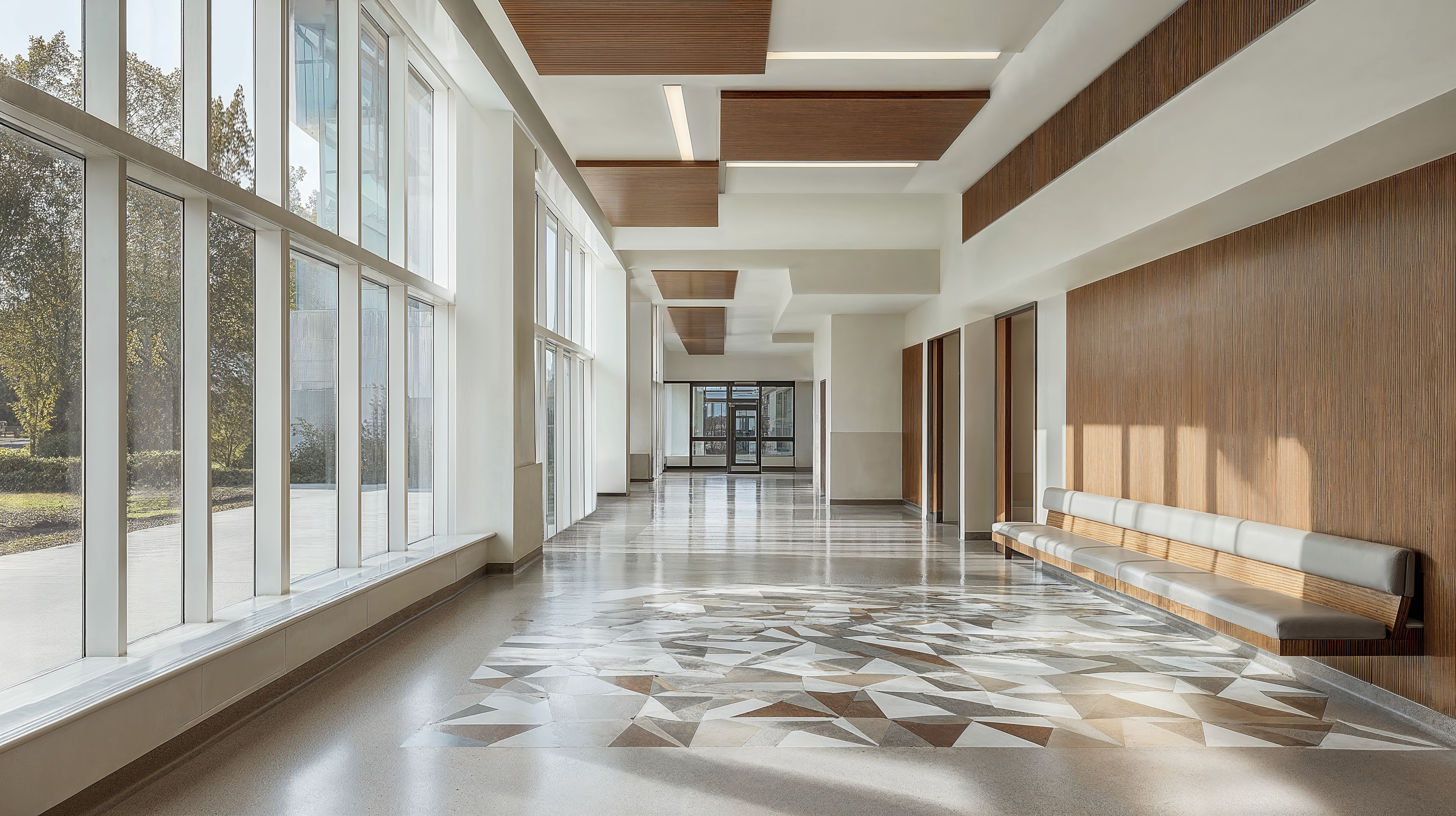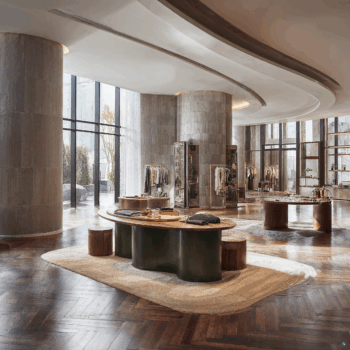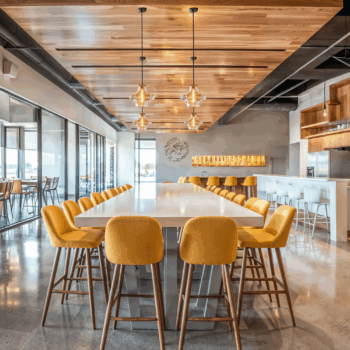
Creating inclusive healthcare environments goes beyond compliance—it’s about designing spaces that actively support mobility, independence, and dignity for every individual. As the industry continues to embrace patient-centered design, barrier-free healthcare spaces are emerging as essential environments that serve a wider spectrum of needs with both functionality and empathy.
At the foundation of barrier-free design is seamless spatial planning. Wide corridors, automatic doors, and flush thresholds support easy navigation for those using mobility aids, while eliminating physical barriers for all users. Non-slip, seamless flooring helps prevent tripping hazards and allows for smooth transitions across spaces, from exam rooms to waiting areas.
In patient rooms, thoughtful features like accessible sinks, height-adjustable exam tables, and side-transfer-friendly seating ensure that all patients can interact with their environment safely and comfortably. Bathroom design plays a key role, incorporating grab bars, roll-in showers, and lever-operated fixtures to support independence without compromising style.
Beyond mobility, sensory accessibility is also a vital consideration. Soft acoustics, calming color palettes, and intuitive signage systems help individuals with sensory sensitivities or cognitive impairments feel grounded and at ease. Materials like acoustic ceiling panels, low-glare surfaces, and tactile wall coverings enhance both comfort and orientation throughout the space.
Lighting, too, plays a critical role. Even, glare-free lighting ensures visibility without overwhelm, while contrast in material and color assists with depth perception and navigation. In public zones and waiting areas, clear wayfinding and quiet zones support both orientation and emotional well-being.
Ultimately, barrier-free design in healthcare is about more than just access—it’s about creating spaces that foster autonomy, respect, and inclusivity. With the right materials and spatial strategies, healthcare environments can serve the full spectrum of human needs, offering a more dignified, supportive experience for all.
Looking for more healthcare design inspiration? Check out our article on The Intersection of Art & Healthcare.







